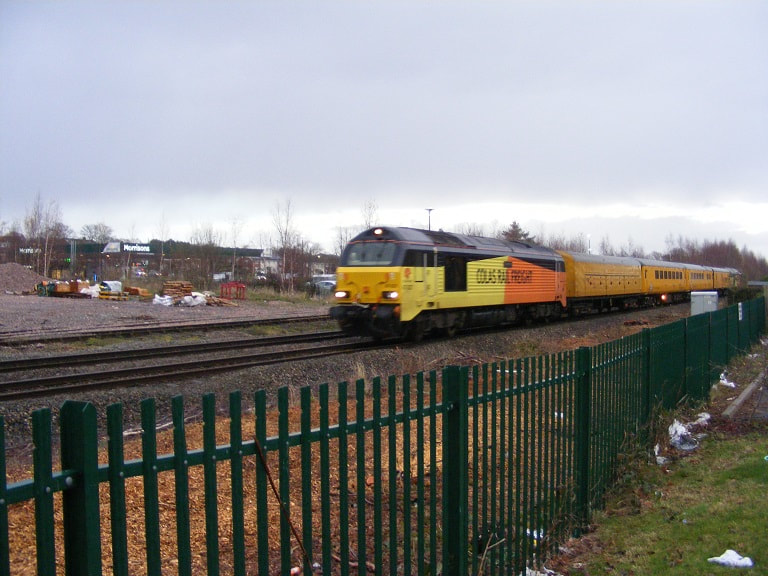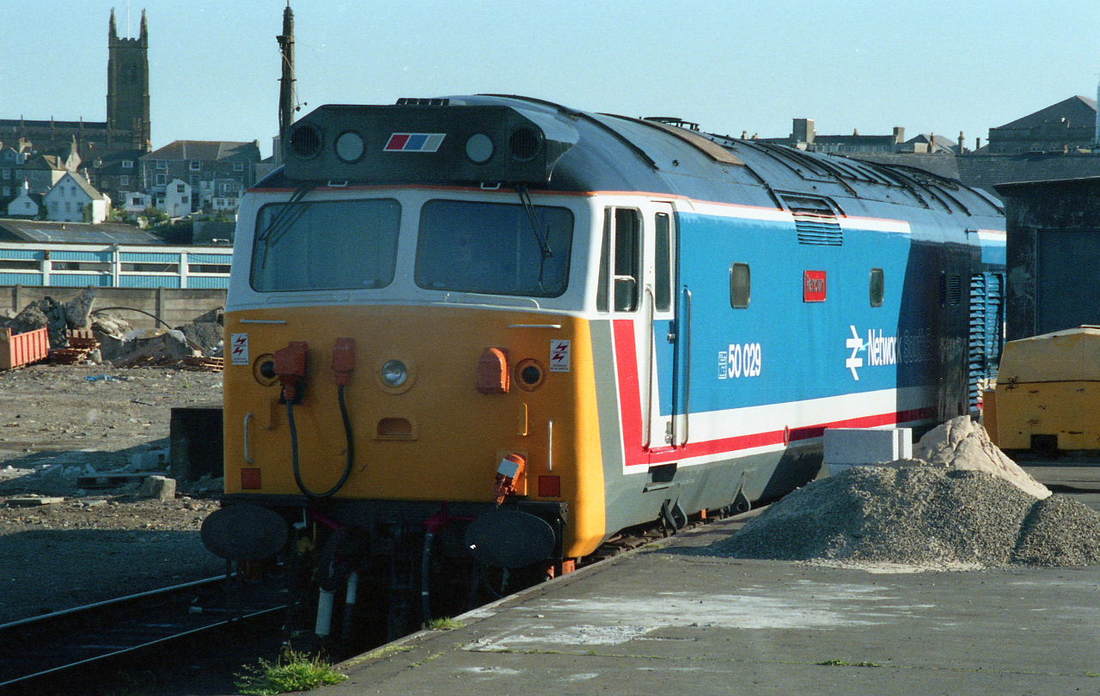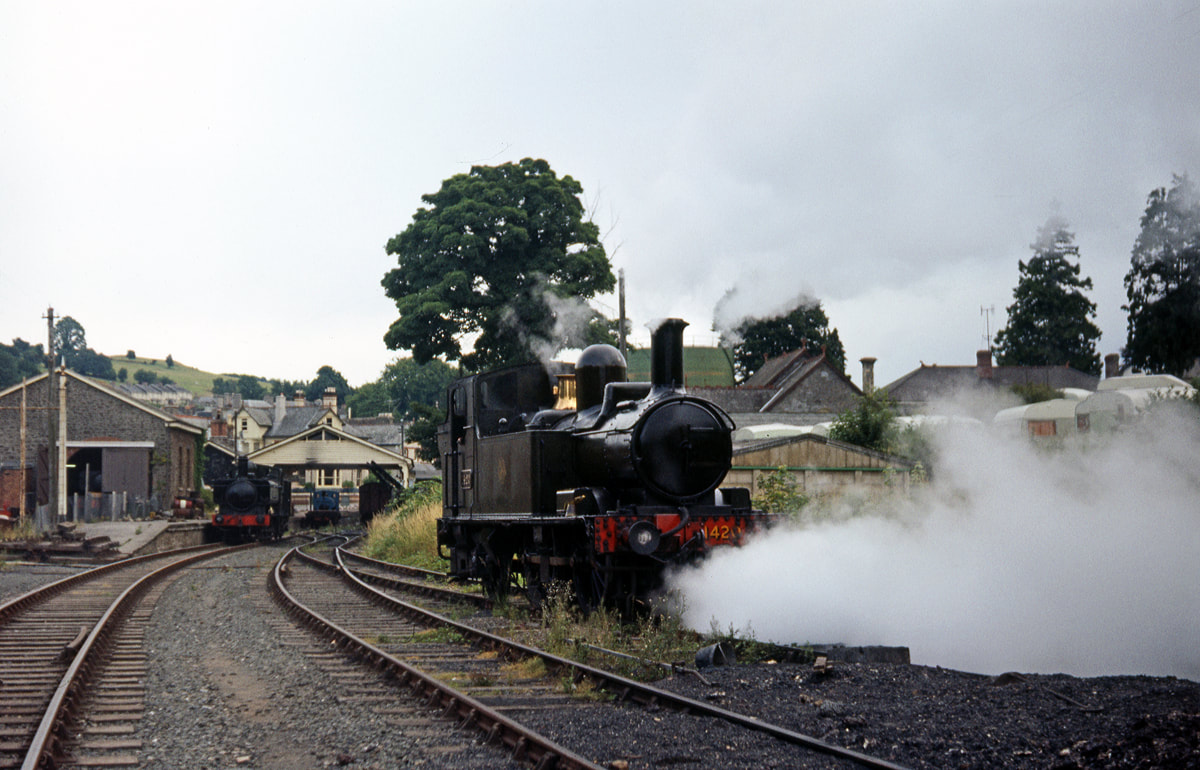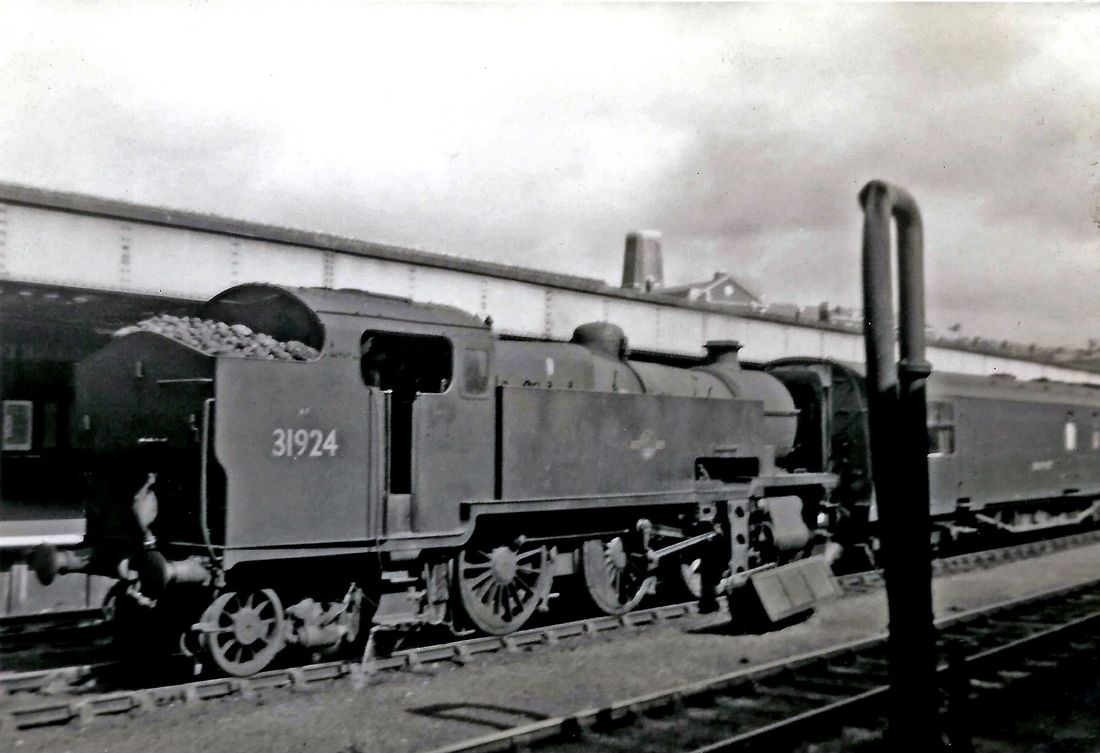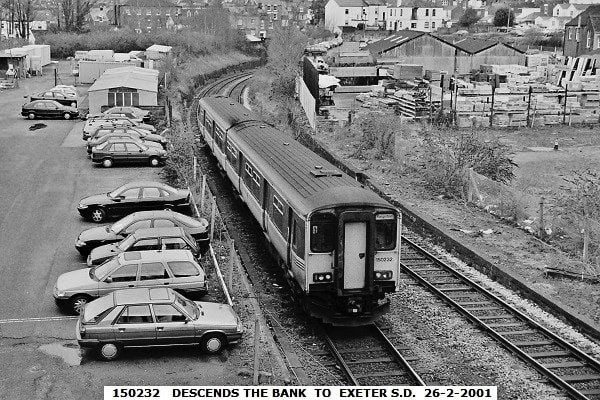Exeter today on a test train
David Tozer
First Impressions Part 5
Derek Buttivant
Seat comfort in first class was reasonable with all seats at tables in a 2+1 configuration. Leg room here is good, though the large tables in four-seat bays, lacking a folding section, require some flexibility to get in and out of the window seats. The single seats are partially airline-style. The last refurbishment of HST first class seating, in plush-looking but rather slippery leather, resulted in almost all single seats being airline and with consequent difficulty in accommodating pairs of passengers travelling together. In standard class the 800 seating is mainly airline and quite a lot harder but it seems less cramped than in an HST. Nevertheless, the extra three metres of length means even more people to try to manoeuvre along the gangway, stow luggage and queue to exit than in the HSTs.
With ten coaches on an afternoon off-peak train, most seats were unoccupied and the trolley had no trouble passing through. It could be very different in peak conditions. With no gangway connection between the two units, extra crew are also needed to service the two separate parts of the train. There are also, of course, two very expensive kitchens to carry around, occupying virtually one full coach between them. One oddity of the new trains when running as a coupled pair is that of coach lettering. We are used to HSTs with seven or eight coaches labelled A to E or F, plus K and L (G,H and I are not used). Lettering on class 800s is A to E when operating singly, but when a second unit is added the letters continue through the alphabet - otherwise trains would have two Coach As, two Bs, etc and that would be confusing. We have also become accustomed to HSTs running in "normal" formation with 1st class at the London end and station announcements made when they are in "reverse" formation. GWR depots do their best to get HSTs turned round as soon as possible to avoid the complications of being "back to front". Single, 5-car class 800s can be similarly treated but there are bound to be occasions when one unit of a coupled pair is the opposite way round from the other. This can result in first class (and the kitchens) being at the extreme ends of the ten-car train, next to one another in the middle, one in the middle and one at the rear or one at the front and one in the middle! It remains to be seen how these various possibilities are communicated on station platforms for passengers to find the right coach. Presumably the 800's will never run with one vehicle missing or duplicate vehicles either!
Overhead scrolling information screens are clear and, as with most modern trains, give a list of calling points and name the next stop. They can provide other information such as safety notices and details of forthcoming disruption to services. They can also include the coach identity letter - important in view of the above.
Overall, I felt that the ambience of the Hitachi class 800 trains does not represent (as has been claimed) a lowering of standards from those of the HSTs. As with most changes, some are for the better and some worse. We'll see (or perhaps not!) whether they are in as good shape as the HSTs after 40 years but I shall not be unhappy to ride in the 802s when they come to Cornwall.
Derek Buttivant Many thanks Derek
Steve Widdowson
A query?
An excellent publication 'Hayle Railway Walks' says that the crossing was by means of a 'drawbridge' to permit waterbourne traffic access to the canal.
The location of this bridge is not precisely known nor its construction. A 'draw bridge' can be either one which lifts up, as across a castle moat, or swings. Has anybody, please, any idea of what was there?
Did the bridge carry the locomotive hauled passenger trains, or were these horse powered for the last stretch to the station?
Roy Hart writes :- I have read of a 'drawbridge' at Hayle -but these things are often unreliable. It is possible, though, because the Hayle Railway did not necessarily use engines all the way to the terminus - certainly in the early years, horses did the last lap. Hayle Railway advertising referred to trains terminating (in later years, I think) at HAYLE RIVIERE. Riviere is the old name of Clifton Terrace. Many thanks for that Roy.
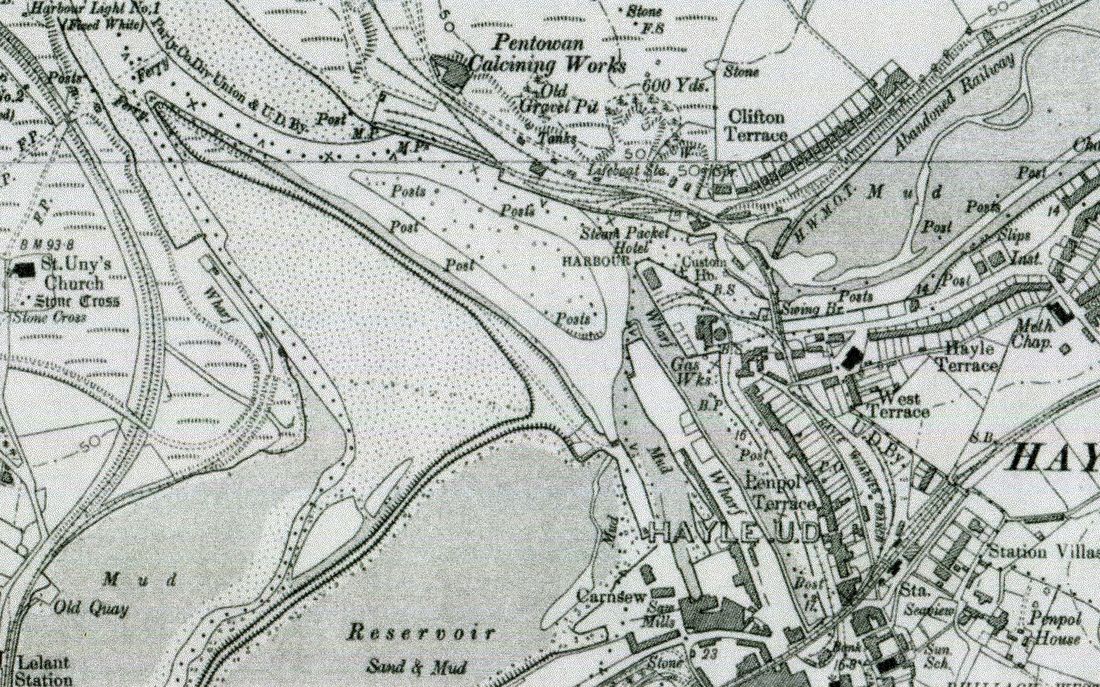
Ron Kosys
Banking
Adrian Hoblyn
John Cornelius
